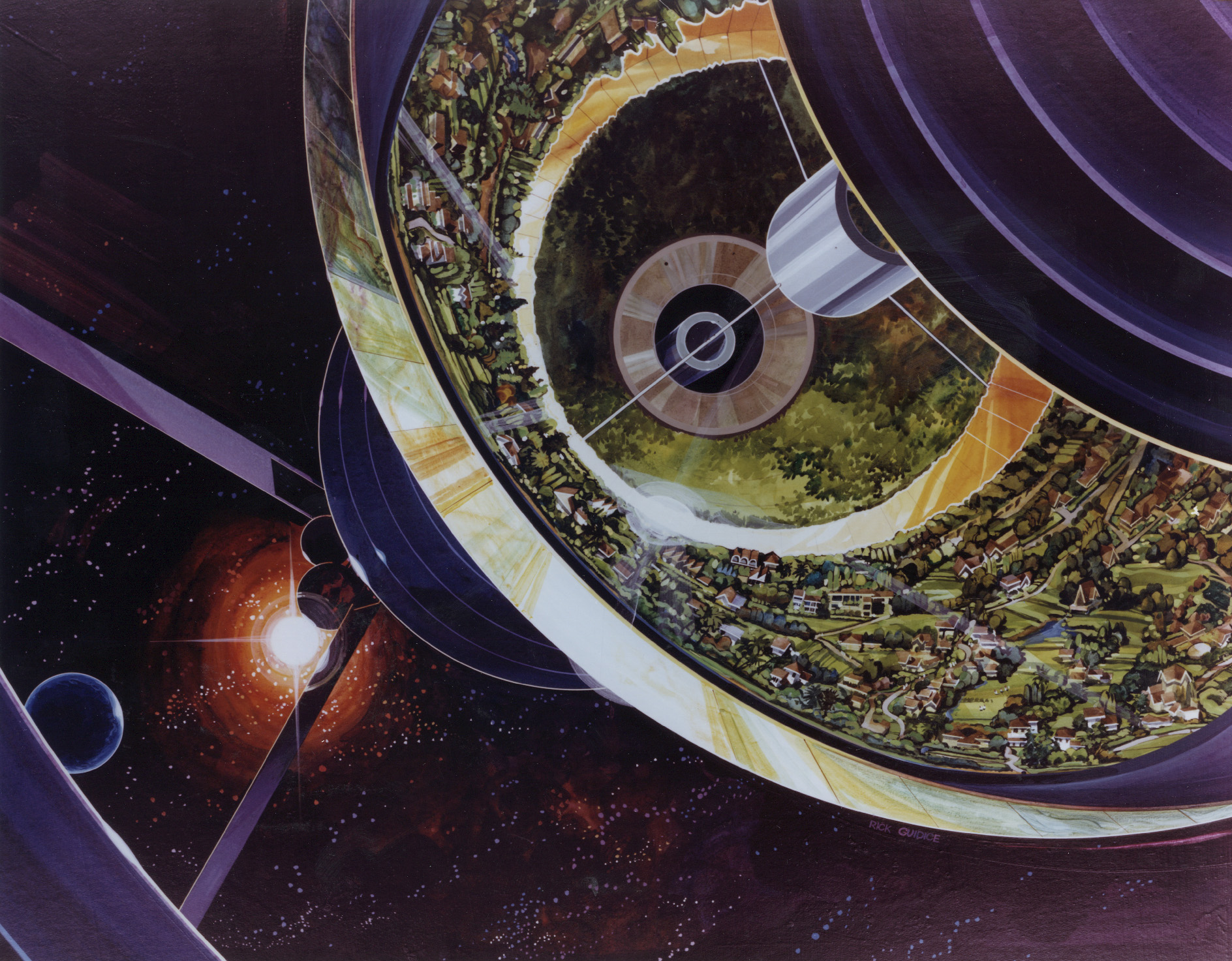
Typical plans for space settlements include greenhouses for growing plants as a source of food as well as a key component of ecological closed life support systems to help produce air and recycle water. There are efforts to make these space farms as compact and efficient as possible utilizing hydroponics and LED lighting. But the energy, volume, water and labor requirements can still be a challenge. A new approach is described in a paper in New Space by Michael Nord and Scot Bryson that is based on Earth’s dark ecosystem, the food chain based on bacteria that are chemotrophic, i.e. deriving their energy from chemical reactions rather then photosynthesis. An example of these type of organisms are bacteria that live near volcanic sulfur vents at the bottom of the ocean. They synthesize organic molecules from hydrogen sulfide, carbon dioxide and oxygen which in turn nourish giant tube worms.

“Earth’s dark ecosystem affords us an elegant solution.”
This is not new technology. Fermentation is an example of this biological process which humans have been using for thousands of years in the production of food and drink. NASA explored this option in the 1960s in their plans for sources of food to sustain astronauts on long duration space flights. Synthetization of “single-celled proteins” showed promise for astronaut sustenance but NASA’s priorities shifted after Apollo putting less emphasis on manned spaceflight leading to funding cuts, which put these efforts on hold.
Fast forward to today, there are many companies focusing on using dark ecology as an alternative source of protein both for an ever increasing human population and for animal agriculture. The single-celled proteins are produced by fermentation in bioreactors to produce products mainly used in animal feed but at least one firm, Quorn, is focused on human consumption.

Others in both government and industry are transitioning Earth’s agricultural approach to a circular economy for food, where food waste is designed out, food by-products are re-used at their highest value, and food production regenerates rather than degrades natural systems. Innovations by companies involved in this type of farming here on Earth have direct applications in bioregenerative life support systems in space. Orbital Farm, who’s CEO Scot Bryson coauthored the paper, is one such company exploring commercialization opportunities in this field.
The authors performed an analysis of energy inputs and material flows for conventional photosynthetic food production when compared to a dark ecosystem and found that the latter is 100 times more efficient in water and energy use, and 1000 times better in terms of volume. But that is not all. There is an added benefit in that “…the very same organisms can be engineered to make pharmaceuticals, plastics, and a variety of other useful complex organic compounds.”
The advantages for space settlement are clear. Although photosynthetic plant growth will play a role in life support systems including the added benefit to humans of the aesthetic value of living among plants, dark ecology can augment food from photosynthetic plants with efficient and sustainable protein production.
“…for bulk production of calories, chemotrophic organisms have enormous efficiencies over production with staple crops, which will be nearly impossible to ignore for mission designers.”
